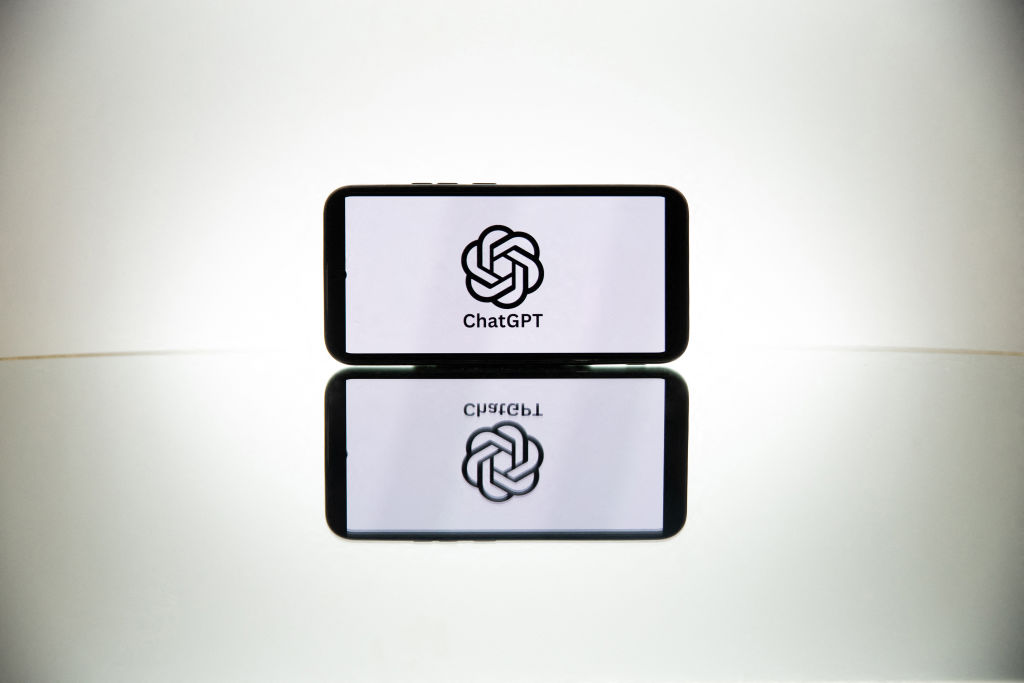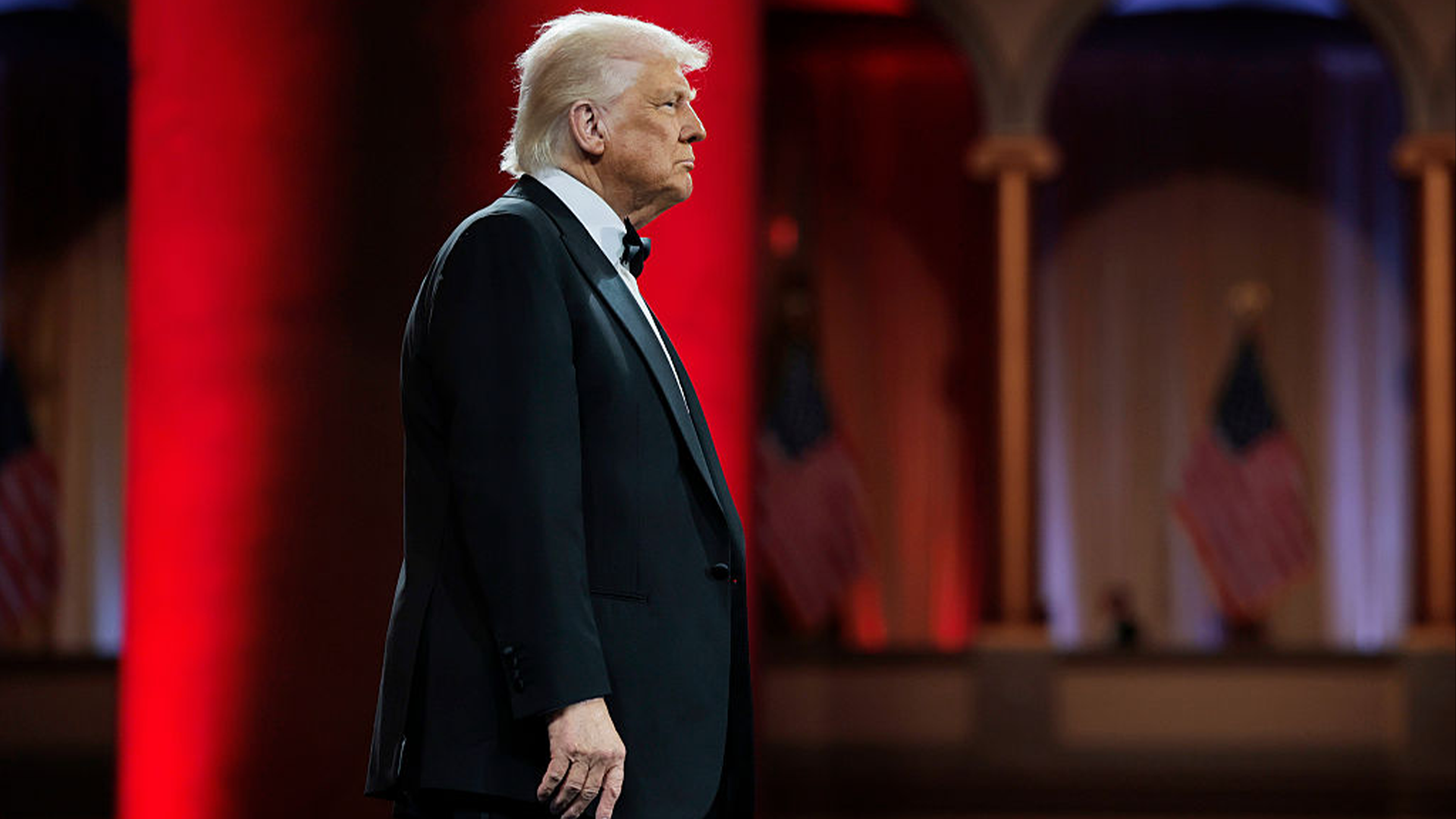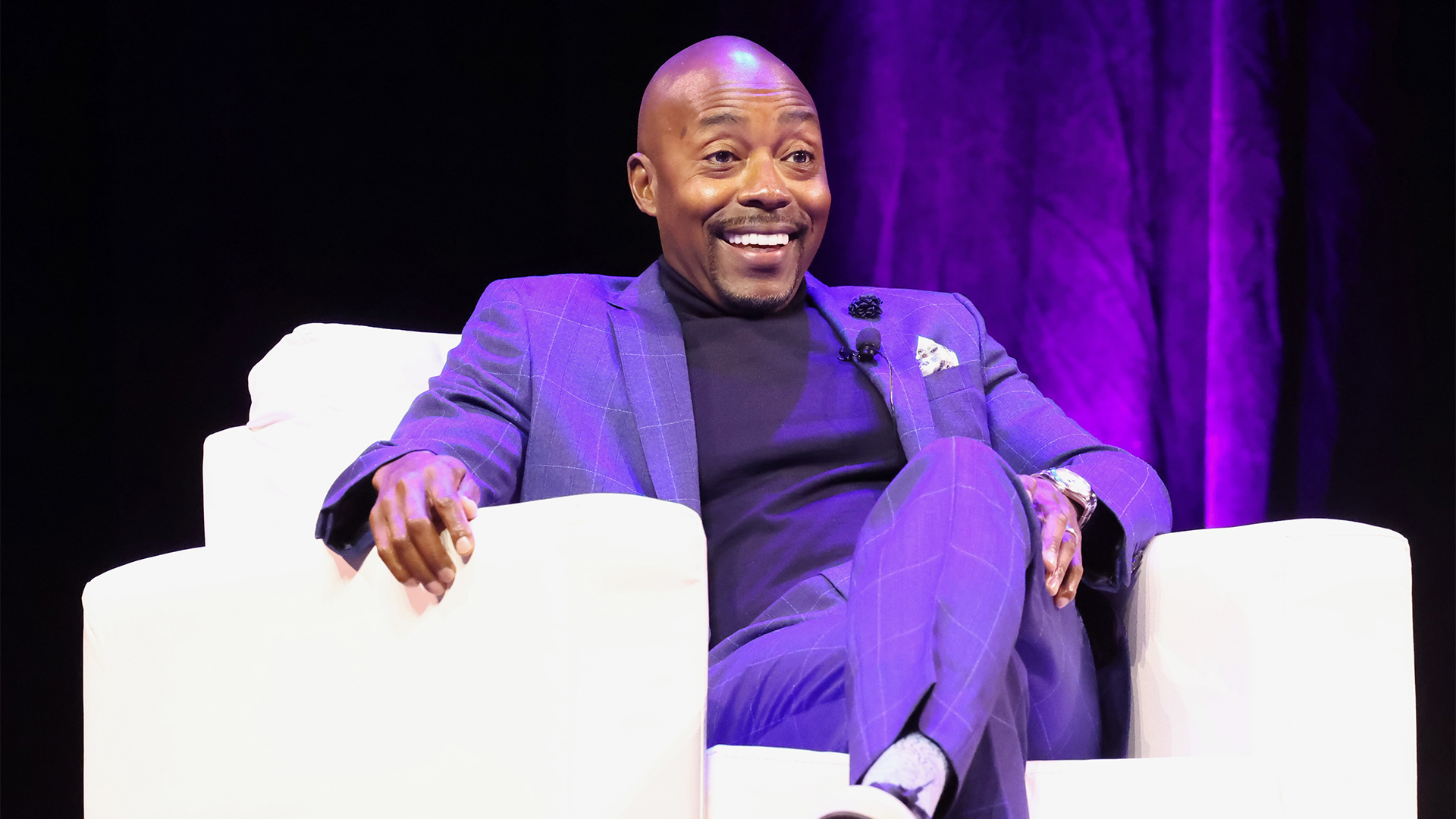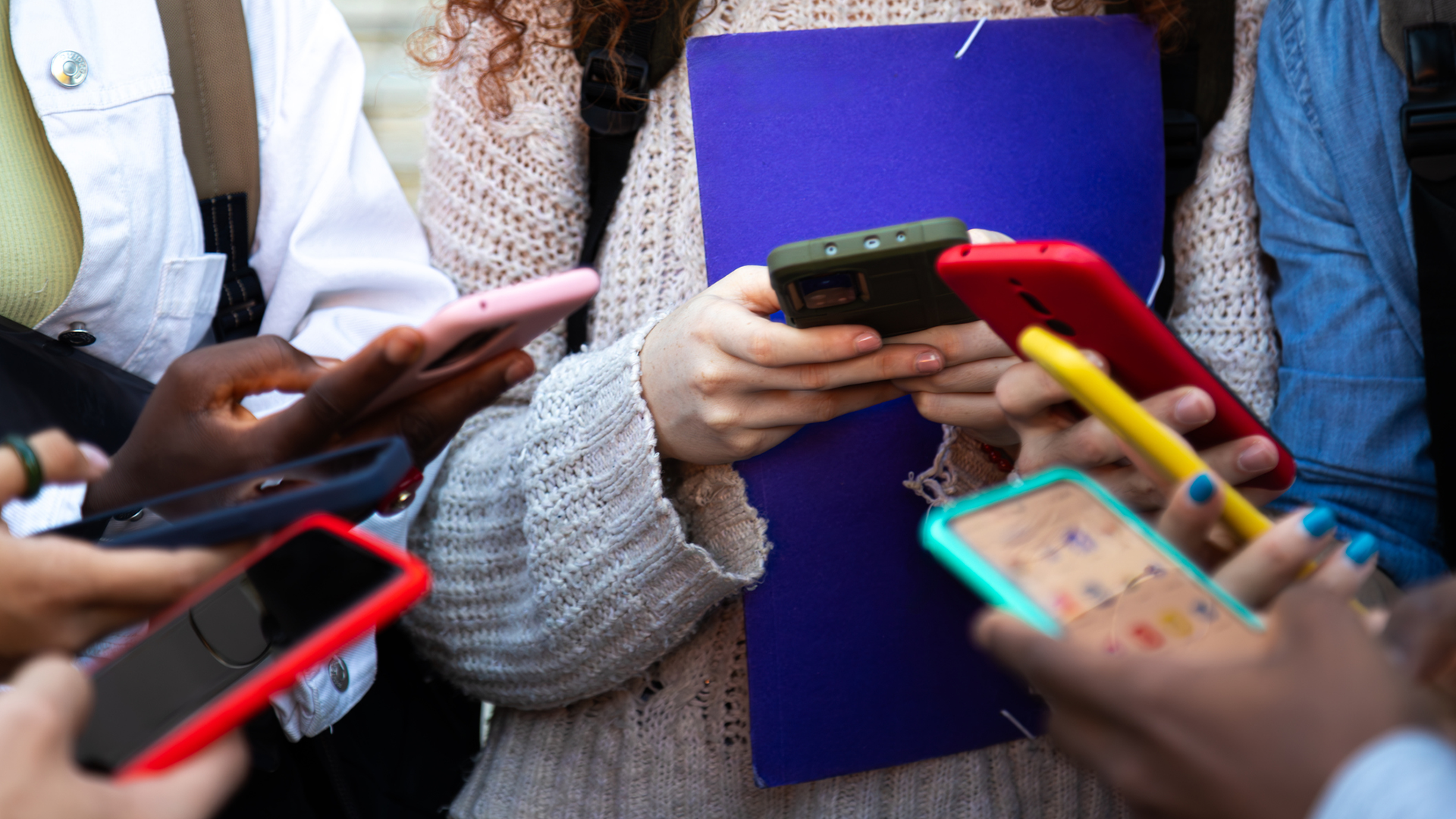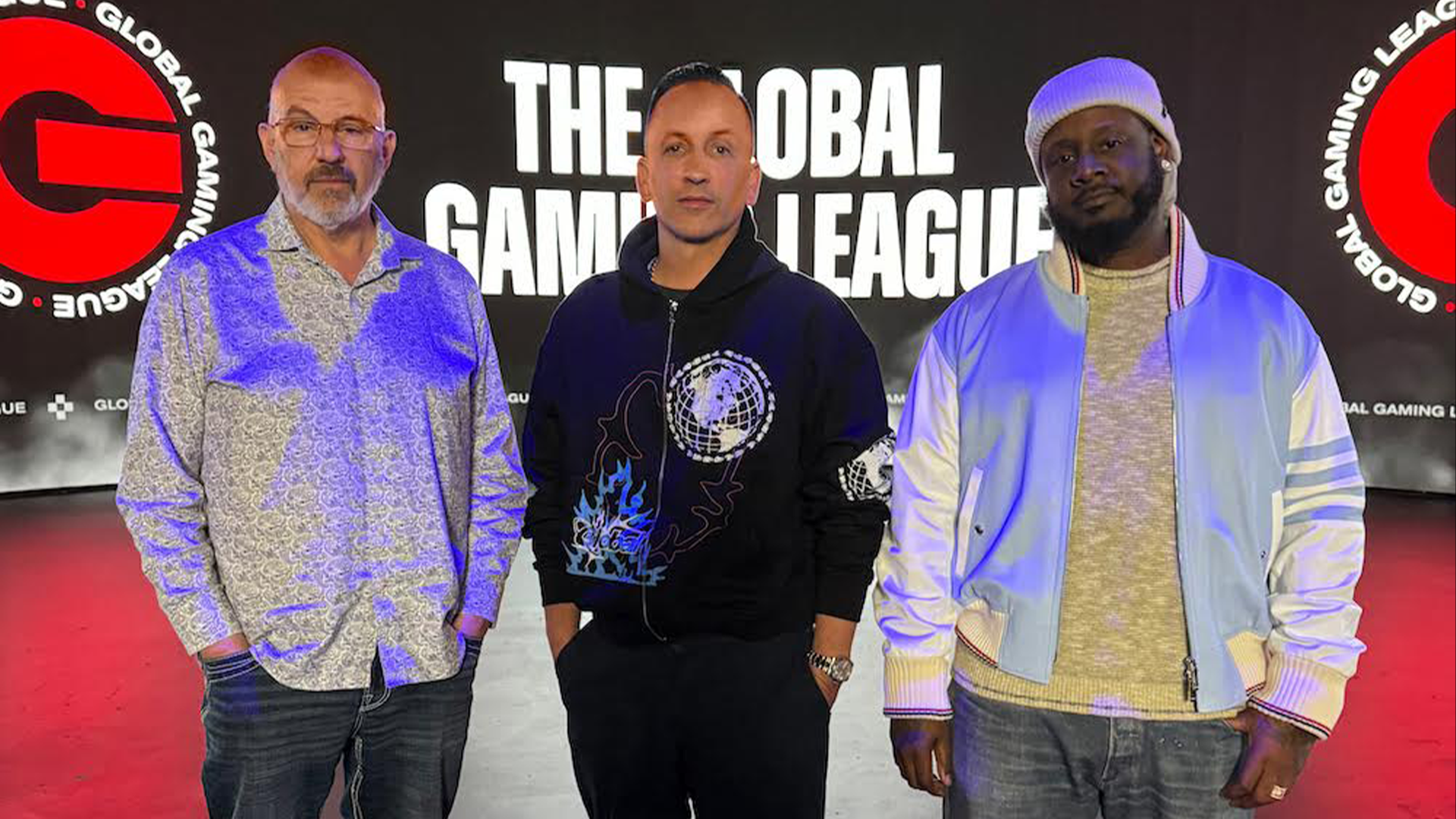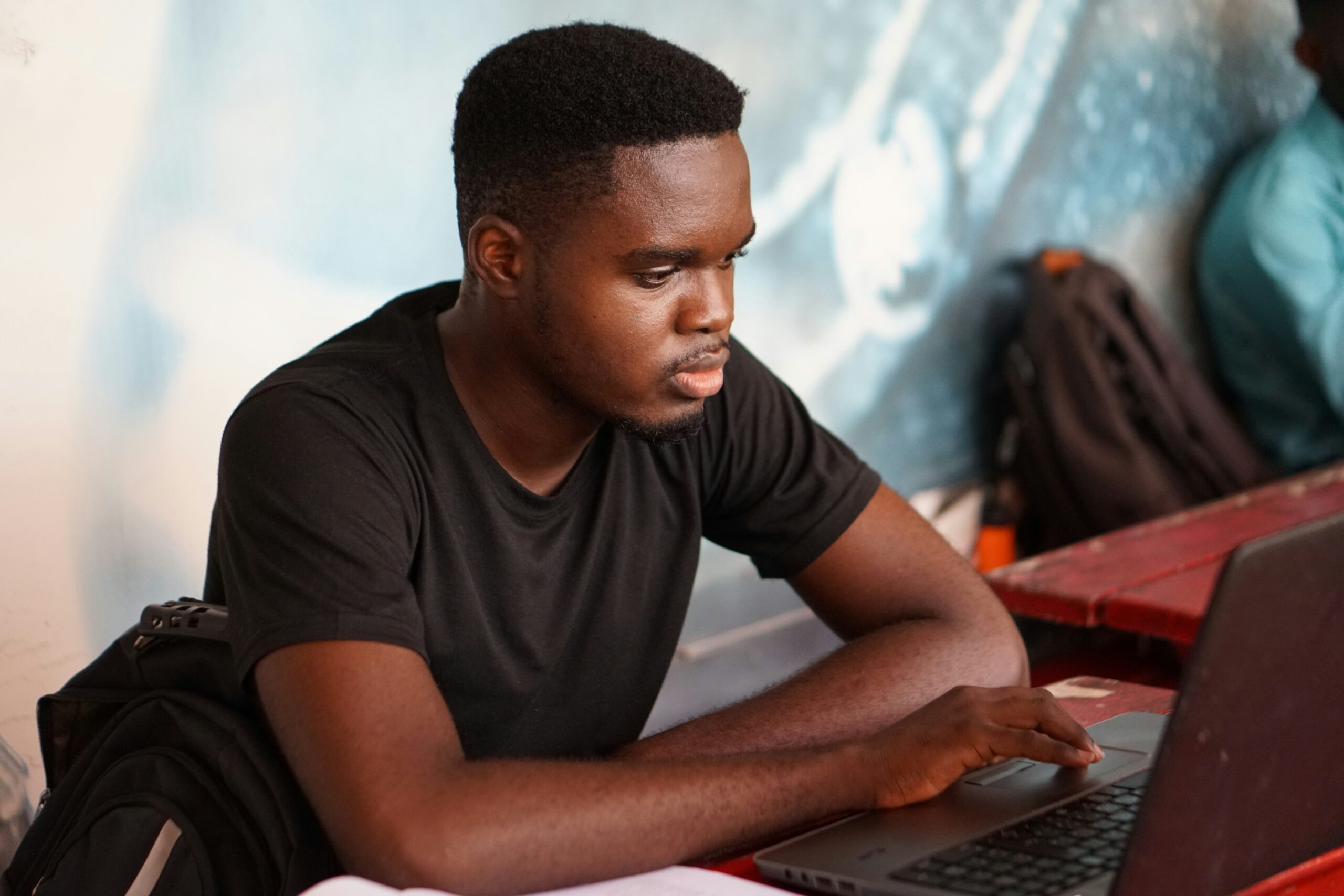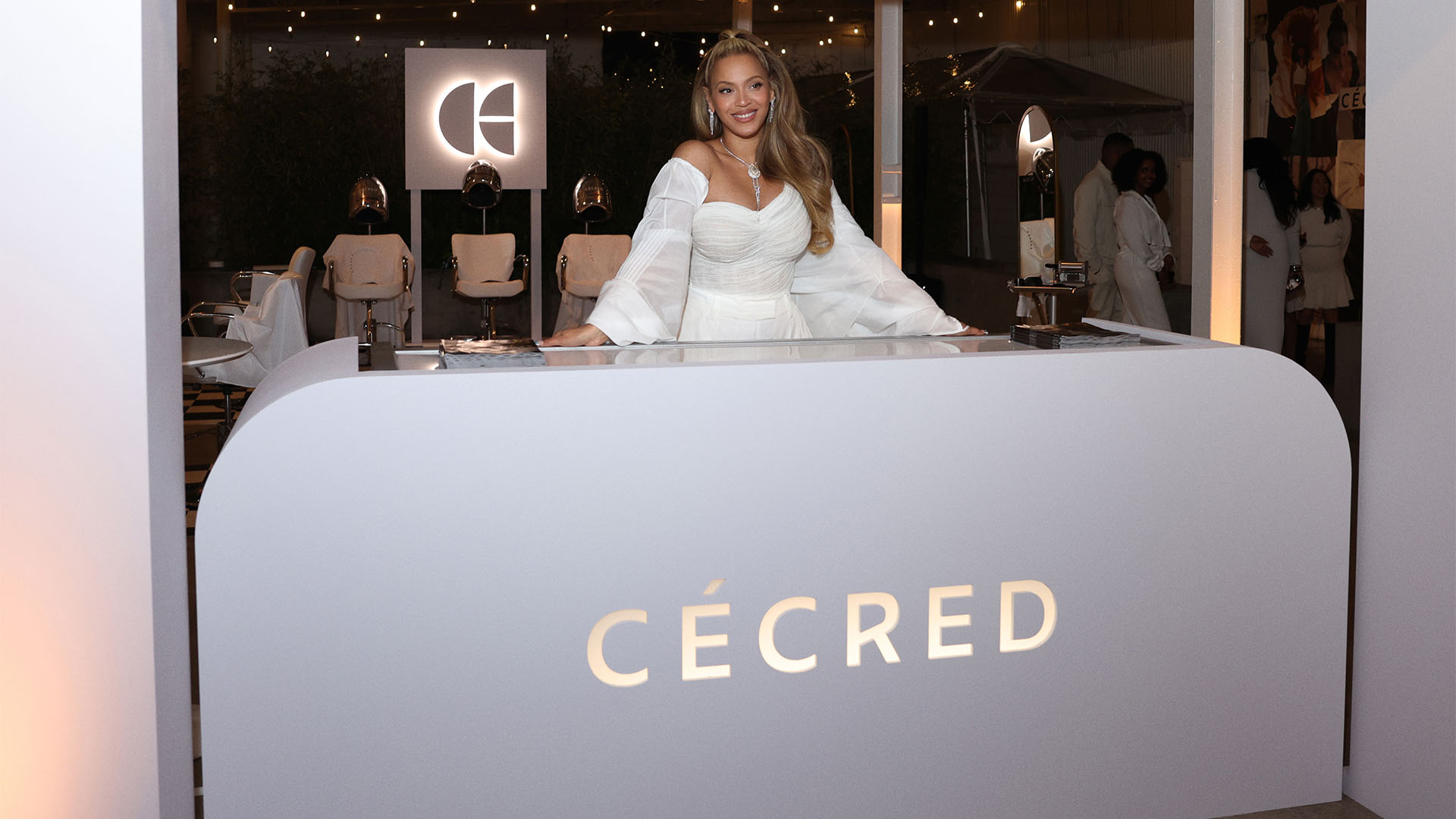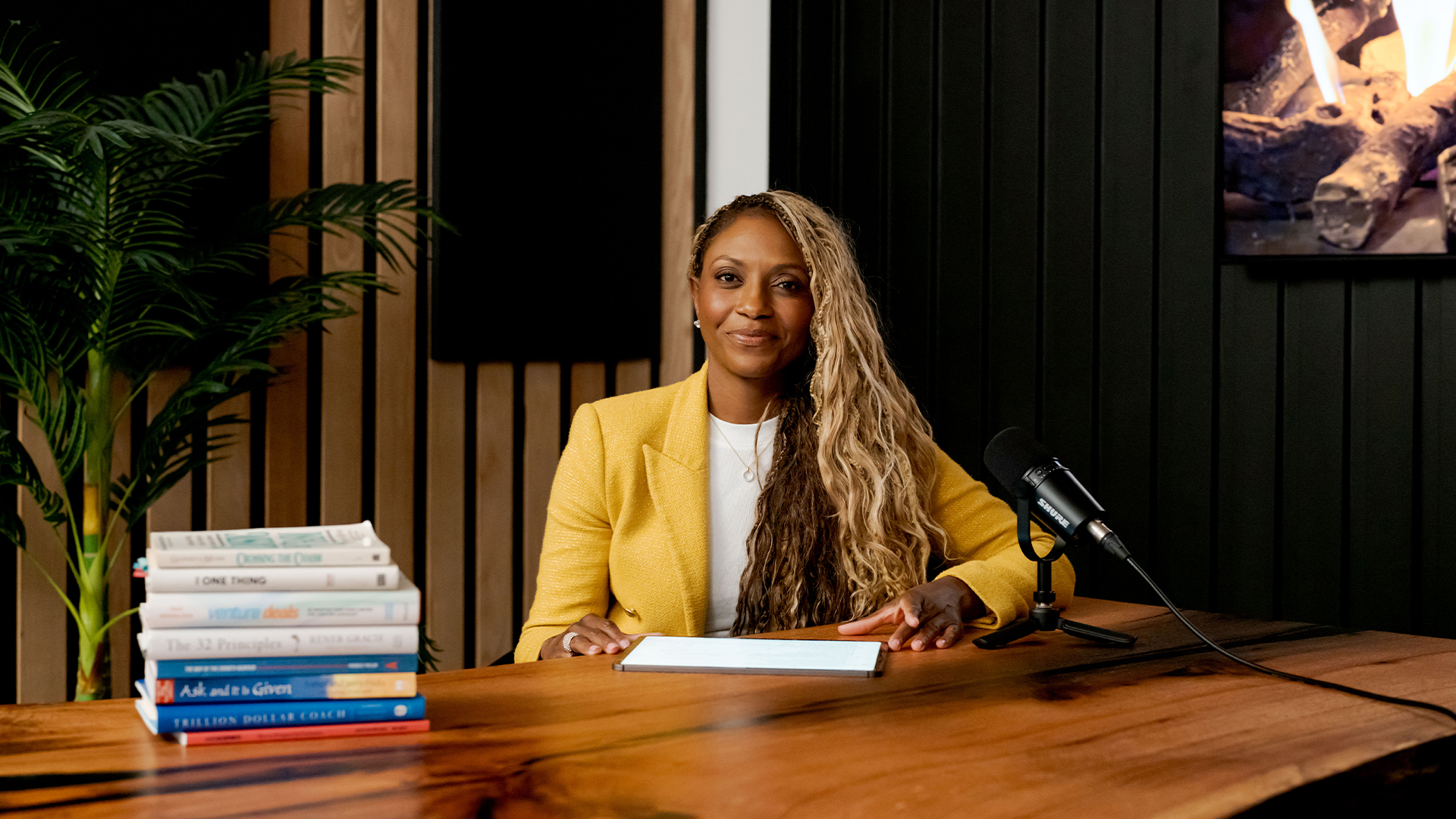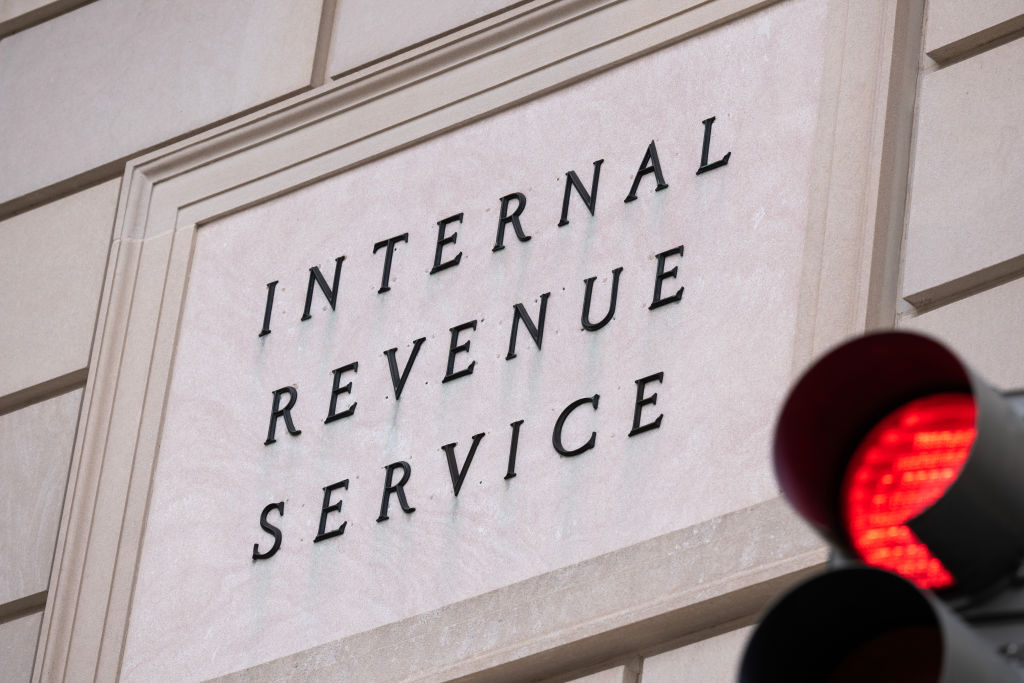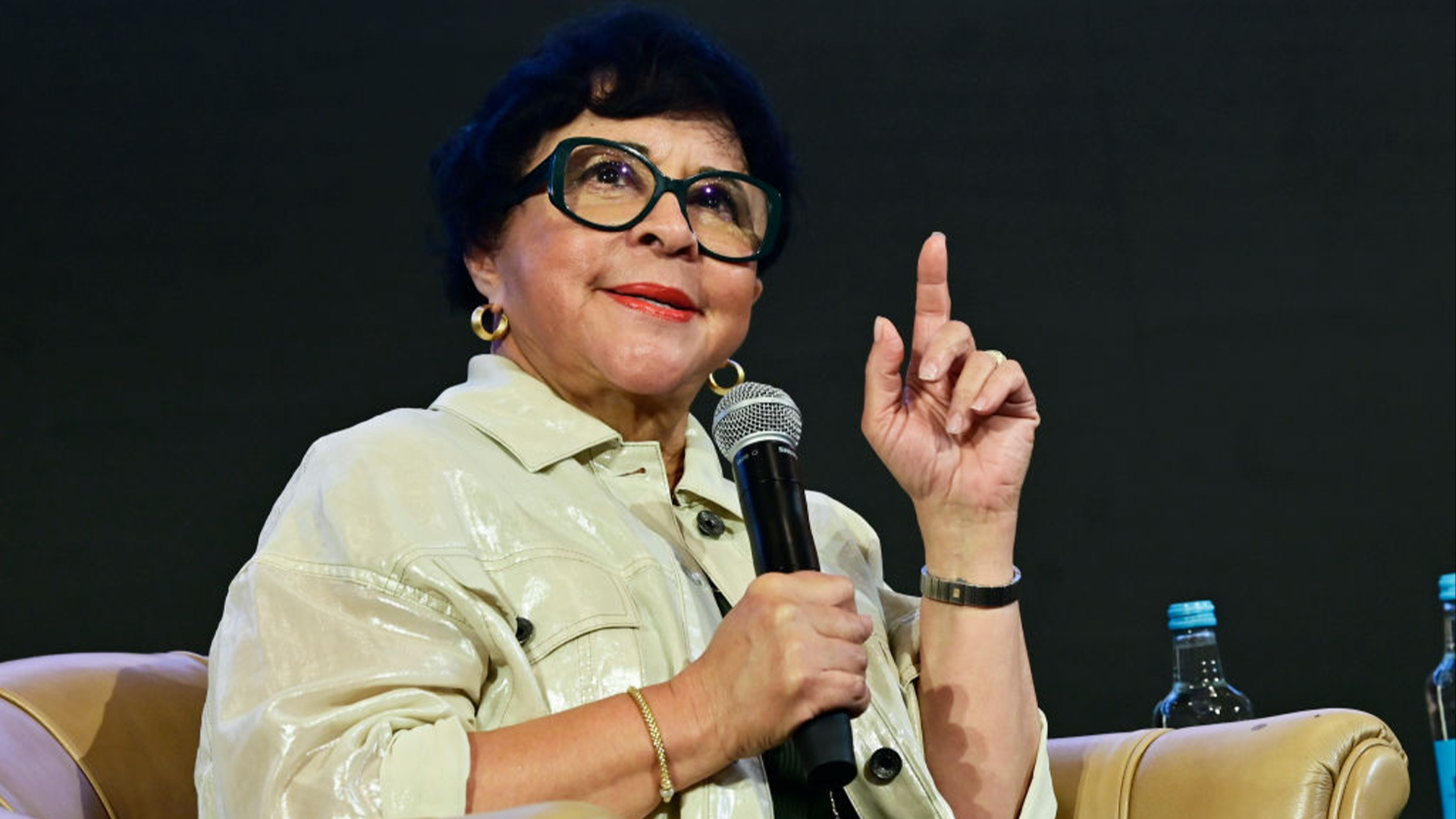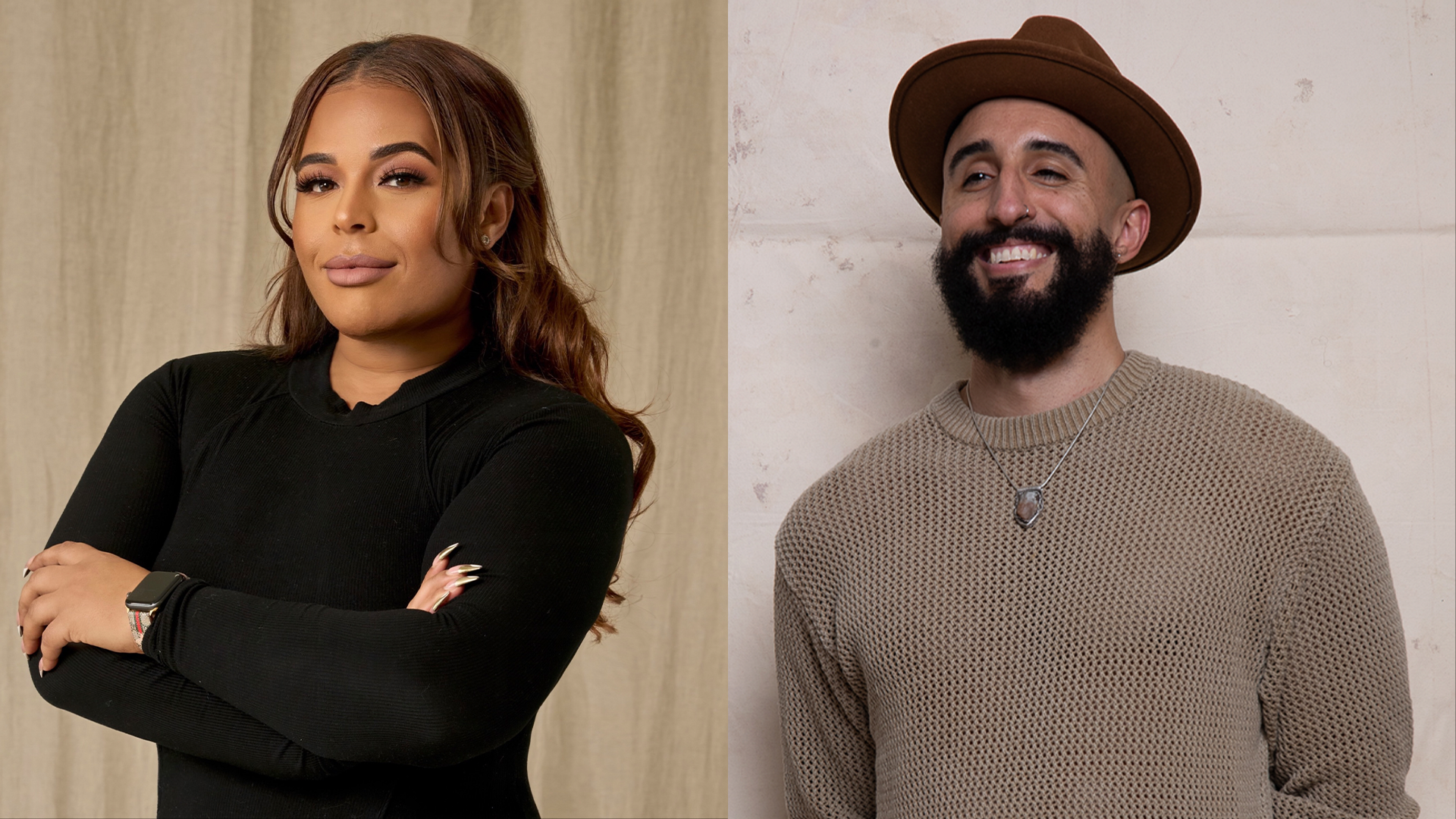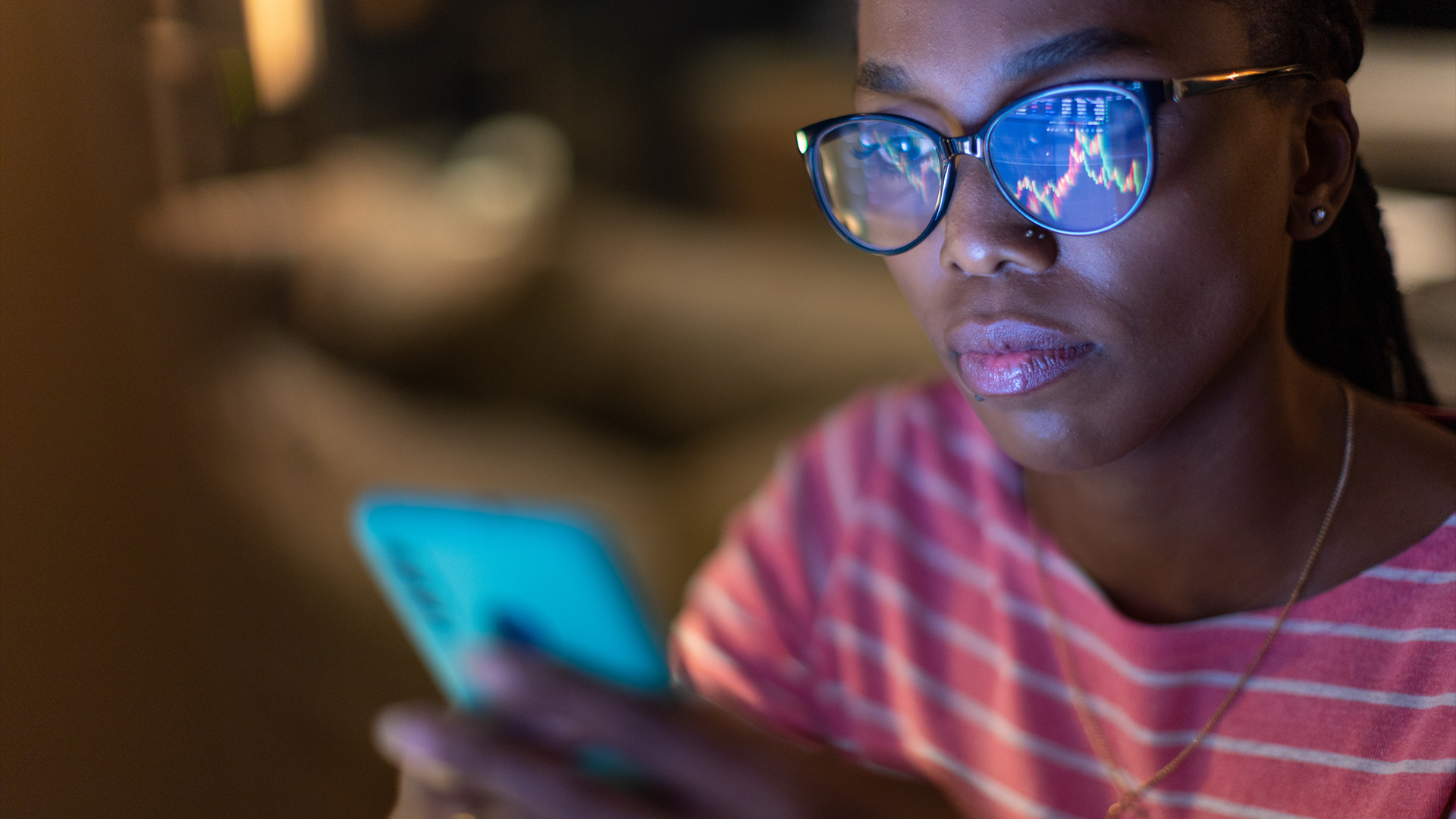By now you’re surely aware of generative AI software, since the newly-developed tech has become the hottest craze on the internet in recent years. One of the leading services in this niche, OpenAI’s ChatGPT, has been utilized by millions to create stylized images, videos and text from brief descriptive prompts. Though this technology is quite impressive, it has drawn heavy criticism from those who share concerns about AI’s impact on the environment, its effect on artists and the frequently incorrect information it delivers as fact. Now, OpenAI has released the latest model for their GPT software, titled GPT-4o. The 4o iteration allows GPT users to generate uncanny recreations of specific art styles, including those in the image of a Studio Ghibli film.
As you can imagine, this new OS has wrought tons of use from curious users all over the world, and drawn criticism from fans of the Ghibli franchise. If you’re at all active on social media, you’ve no doubt encountered a sudden influx of these AI generated images, as users have been sharing them in awe. In order to get a full understanding of how this new tech was developed, and how it will be employed moving forward, let’s take a brief look at the latest ChatGPT update, and see what we can learn.
How Can You Access ChatGPT-4o?
Like previous versions of GPT, 4o can be found by simply performing a web search of the artificial intelligence model. The latest tech has already been ported onto the browser version of the software, and updates should be available for users who have downloaded the ChatGPT application on their phones and tablets. The 4o version officially rolled out on Mar. 26 and is currently available for paid subscribers to use to their hearts’ content. Those who utilize the free version of ChatGPT can also access the new tech, though there is a limit of just three image generations per day. Once this limit has been exceeded, GPT will revert to its previous, slightly less impressive tool.
As soon as the update to the GPT model rolled out, 4o inspired droves of new users to experiment with the platform, resulting in a staggering one million new users signing up in a single hour. In the days since, OpenAI has completed a new round of funding, securing another $40 billion from their core investors. This takes the company’s full estimated value up to $300 billion, making it one of the largest private tech companies in the entire world. OpenAI CEO Sam Altman has also announced his intention to take the company further in the coming years, with massive deals in place to bring chip manufacturing jobs to American soil. With all of these figures and commitments swirling, it seems clear that ChatGPT is here to stay, no matter what detractors have to say about it.
What Is The Controversy With ChatGPT-4o?
As is par for the course for ChatGPT, 4o has inspired a wide range of responses from the public. While some have been singing the generative AI’s praises, others have lamented the general lack of soul imbued into AI art, and have even accused the service of plagiarizing material from human artists. Sam Altman has spoken on this trend, and argued that the company has roadblocks in place to prevent plagiarizing from any one single artist. Even still, broader studio styles, like those of Japanese animation studio Ghibli, are considered fair game.
Reps from Ghibli refused to comment as AI recreations of films including “Spirited Away,” “Howl’s Moving Castle,” or “My Neighbor Totoro” flooded the internet, though studio founder Hayao Miyazaki has made his stance on AI perfectly clear. All the way back in 2016, Miyazaki appeared in a documentary from the Japan Broadcasting Corporation, where he referred to a generative AI model by saying, “I am utterly disgusted… I would never wish to incorporate this technology into my work at all. I strongly feel that this is an insult to life itself.”
The Future Of ChatGPT
For now, public opinion seems quite mixed on OpenAI’s GPT-4o model. While it is inarguably advanced from a technical perspective, the question remains as to whether the company has obtained the proper licensing and permission to train their material using Studio Ghibli films, or other film and television assets. The company is currently battling multiple copyright lawsuits in court from other business interests which claim that their IP has been violated by ChatGPT’s training data, though OpenAI likely had the financial capital to keep these cases in limbo for the foreseeable future.
Legal experts have debated whether the general artistic style of an artist can truly be copyrighted in the first place, though many fans seem to feel that the hand-crafted aesthetic of Miyazaki’s work is an instantly recognizable trademark. Per a report in the Associated Press, one Miyazaki fan is refusing to take this affront lying down. The woman, a concept artist and lifelong Studio Ghibli fan by the name of Karla Ortiz, is suing OpenAI on the grounds that their material is “using Ghibli’s branding, their name, their work, their reputation, to promote (OpenAI) products.” In a statement to the press, Ortiz said of GPT-4o’s Studio Ghibli trend, “It’s an insult. It’s exploitation.”
